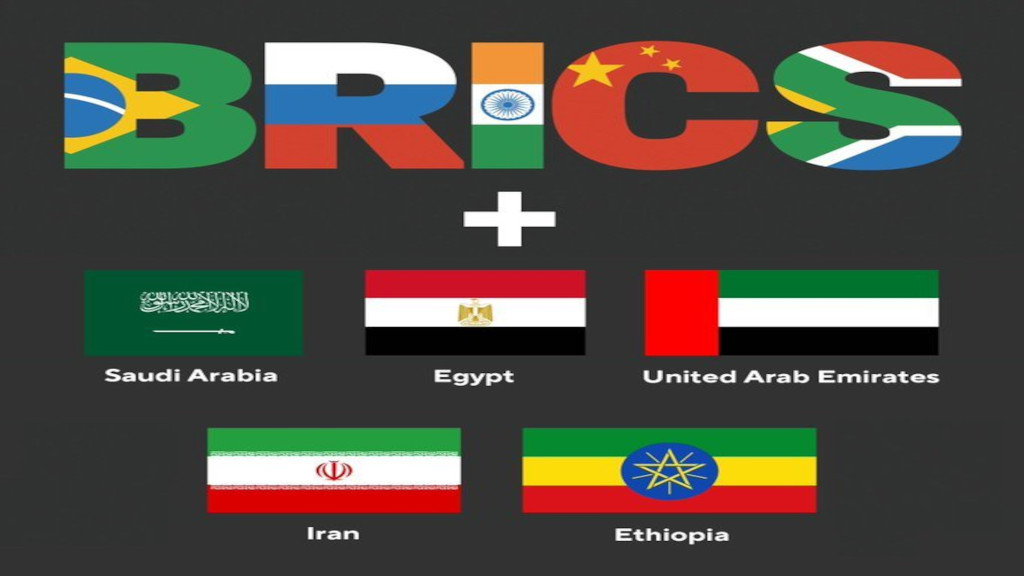Saudia Arabia, Egypt, the United Arab Emirates, Iran and Ethiopia joined the ranks of the BRICS group on Monday, January 1.
The five countries were to join the group in August 2023 at the 15th BRICS summit in Johannesburg, South Africa. Argentina was also invited but backed out at the end of December.
The BRICS group of emerging countries was formed in 2006 by Brazil, Russia, India and China, with South Africa joining in 2010.
It has since become an important platform for cooperation among emerging markets and developing countries. The doubling of its members on Monday is aimed at increasing the group’s clout on the global stage.
Global expansion
The newly expanded BRICS has a combined population of about 3.5 billion people, with a combined economy worth over $28.5tn or about 28% of the global economy
The group’s growth could mark a shift in the geopolitical landscape, although analysts remain uncertain as to whether the expansion will be a help or a hindrance to BRICS members.
Some experts say that differences within the group could weaken decision-making and BRICS’ power overall.
However, BRICS countries are hoping that the expansion will lead to greater representation for emerging economies and a chance to move away from reliance on the US dollar.
In August last year, Brazil’s president called for BRICS nations to adopt a common currency for trade and investment between each other.
Russia’s presidency
Russia took over the BRICS presidency on Monday, following on from South Africa’s chairmanship in 2023.
Under the motto “Strengthening Multilateralism for Equitable Global Development and Security”, Russia will hold the chair for one year and will host the BRICS annual summit in Kazan in October.
Russian president Vladimir Putin has said he plans to increase BRICS’ role in the international financial system and will “spare no effort to ensure that […] we facilitate the harmonious integration of new participants” in activities.
Source, Africanews, 2nd January 2024
 afric-Invest
afric-Invest
